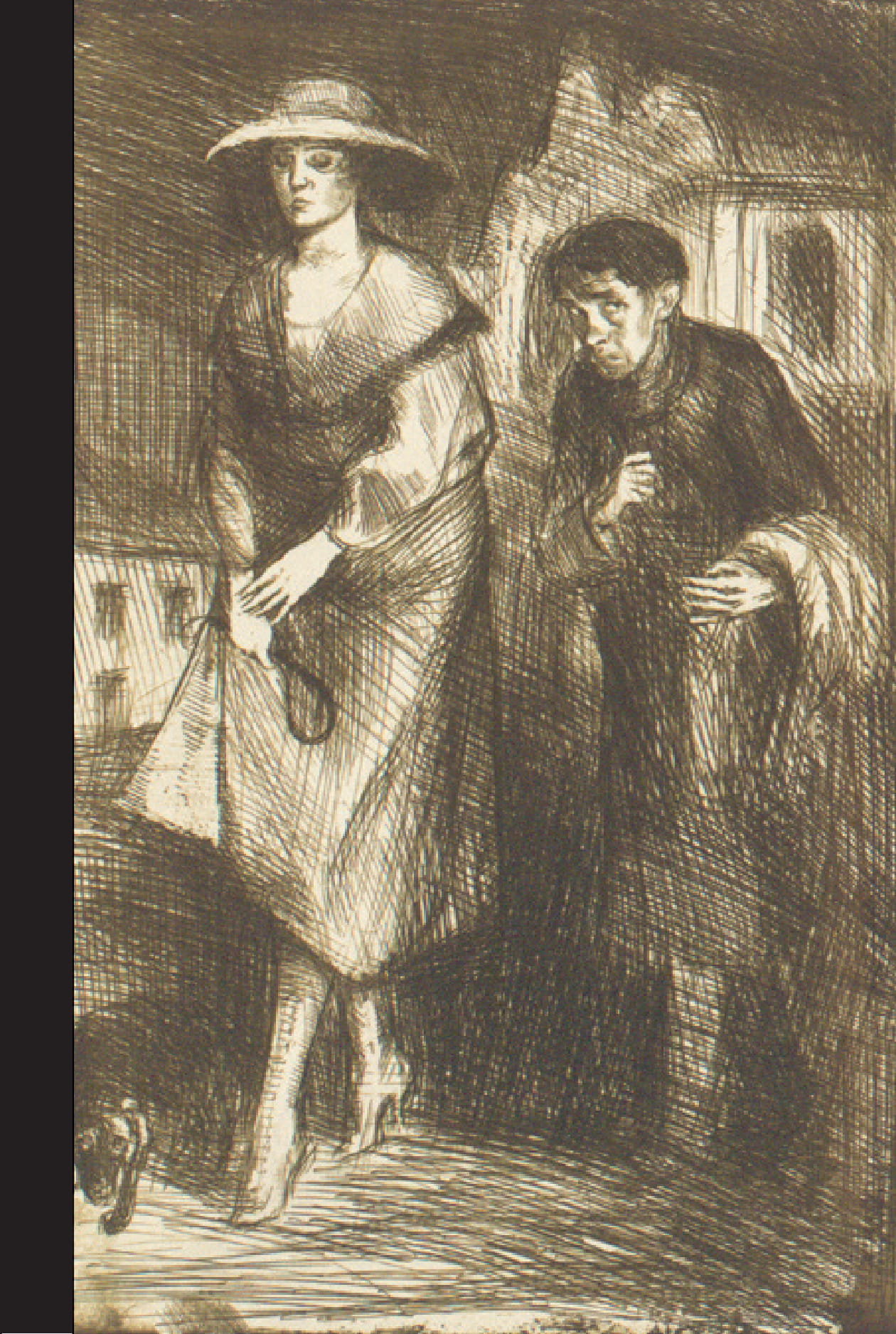Portret nauczyciela. Jak uczniowie odmalowali Brunona Schulza?
Portrait of a Teacher. How Did Students Remember Bruno Schulz in Flesh and Blood?
Author(s): Katarzyna WarskaSubject(s): Anthropology, Local History / Microhistory, Polish Literature, Source Material
Published by: Fundacja Terytoria Książki
Keywords: bruno schulz;iconography and iconology;portrait;anthropology of literature;archival material in process;
Summary/Abstract: Bruno Schulz used to portray his students. They were usually glad for it, although some claimed that Schulz at times crossed the comfort limit of female students. After many years, students portrayed him in their testimonies in which they tried to remember what he was like, and their perspective was different from that of Schulz’s friends. Students always remain lower in the school hierarchy and usually they cannot get to know their teacher very well. Thus, they have to rely on what they observed during lessons or outside of school. Corporeality played an important role in students’ stories, simply because they had visual access to it: Schulz appeared in class in his bodily form. As a teacher, he used his body to work – he spoke, drew, walked, etc. He played with his body and was observed as a central figure in the classroom, playing his role of an authority before an audience. Consequently, students drew conclusions about his mental traits in reference to physical ones. Generally, the teacher’s body should be asexual, sterile, aesthetically pleasing, and reliable. Therefore, Schulz’s body was not entirely his own since it had to fit his social role, which it did not always do. Because Schulz’s corporeality was quite uncommon, students talked about it and then Schulz specialists asked their professional questions. Students described in detail his figure, gait, face, look, hands, clothes, voice, and sexuality. The essay is an attempt to collect all the relevant texts that address the topic. It proves that especially corporeality impacted how Schulz was perceived as a teacher and a human being. Students saw him either as rather withdrawn and stressed, or as a strong magnetic personality. It is hard to judge the truth value of their opinions – probably they tell us little about the real Schulz. However, dozens of statements by Schulz’s students that refer to his corporality greatly enhance his picture known from photos. A gender perspective makes the problem even more interesting, as we can see a difference between the memories of women and men: the former seem to resemble Schulz’s drawings and portraits of female sitters, while the latter his portraits of the male ones. Unfortunately, we have only a few female testimonies since Schulz taught mainly in a school for boys.
Journal: Schulz/Forum
- Issue Year: 2019
- Issue No: 14
- Page Range: 131-149
- Page Count: 19
- Language: Polish

